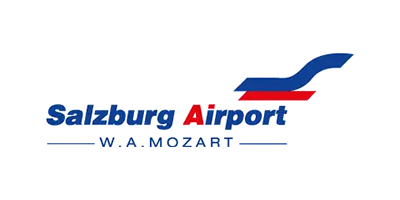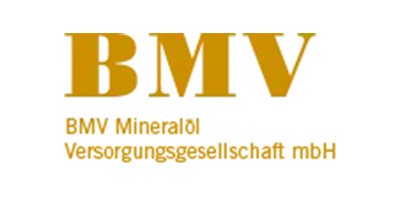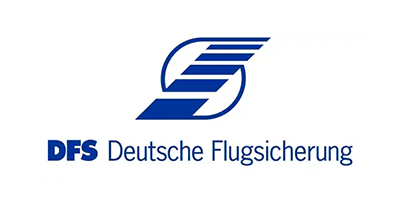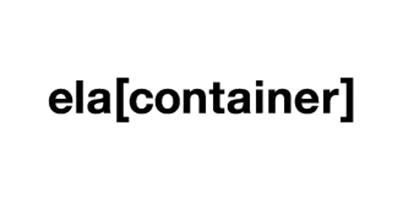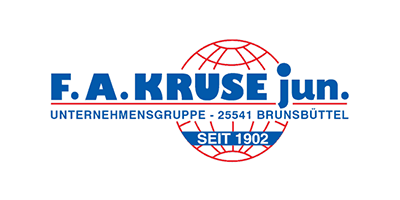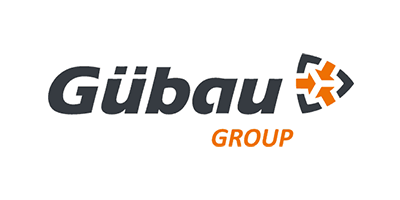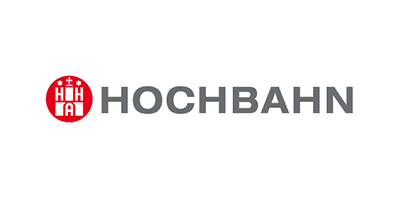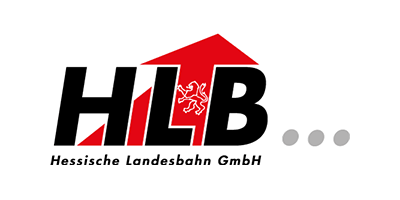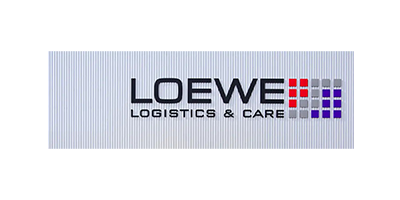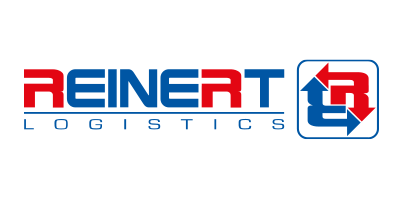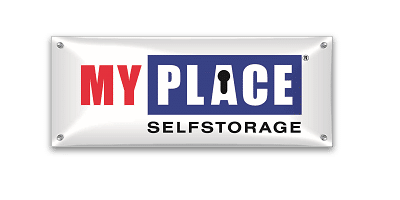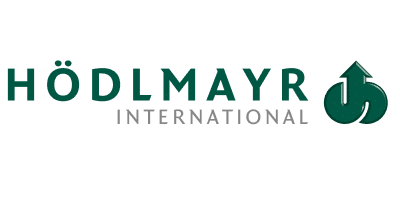Salzburger Flughafen GmbH
A precision landing at Salzburg Airport
Every day, around 50 aircraft take off and land and thousands of passengers begin and end their business trips or holidays at Salzburg Airport. Behind the scenes at this place of welcoming, farewell and reunion is a commercially-run enterprise, Salzburger Flughafen GmbH. This is where corporate performance management holds air supremacy over the budget and costs of the airport operation. The navigation instrument which ensures a precision landing for the business plan is the corporate performance management software by Corporate Planning.
“We are neither a manufacturing company nor a trading company,” emphasises Sandra Eichridler, Head of Corporate Performance Management at Salzburger Flughafen GmbH in Salzburg. The turnover is generated firstly from the aviation business, i.e. the landing and processing of aircraft and passengers, and secondly from letting, retailing, catering and so forth, which is known as the non-aviation sector. Since the airport operation does not fit any of the standard models, for many years a “home-made” solution was used for budgeting, which only served the purpose of recording the plan data. These were planned on paper by 35 cost centre managers and then entered in the database by the corporate performance management staff. When it came to altering master data and importing or exporting various values, the staff were dependent on the IT department. This solution was neither satisfactory to the corporate performance management staff nor to the IT department in the long term. A professional solution, in which analyses, reports and other “corporate performance management games” were possible, would make work easier for all.
Time – a scarce resource
A particular challenge throughout the planning process is the small amount of time allowed for preparing the budget. “The time frame for producing the business plan,” as Sandra Eichridler knows, “is very tight.” On the basis of 35 planning discussions with the respective cost centre managers, a plan is created for about 150 cost centres and the plan values are then merged into an overall plan and recorded. As a double check, variance analyses and logic checks are carried out before the final reports are created. And all this has to be done within a time span of barely three weeks from the first discussion to the finished reports.
The top priority during the system implementation was therefore to streamline the planning process and to avoid duplication of work. Furthermore, the corporate performance management staff were no longer to be reliant on the IT for changing master data or access rights in the planning database. At the same time, Sandra Eichridler wanted to use this restart in corporate performance management for the implementation of an integrated financial plan with a budgeted balance sheet and a liquidity plan.
Hand in hand
These tasks were given to a small project team consisting of the Head of IT, Josef Kurt, Sandra Eichridler as Head of Corporate Performance Management, and another management accountant, Daniela Paulweber. For the integration of the Corporate Planning Suite into the existing IT environment and for clarification of interface and database issues at the start of the implementation phase, the corporate performance management team were supported excellently by the IT professionals at Flughafen Salzburg GmbH. No similar corporate performance management software solution had been deployed at the company previously, the only software applications in use up to that point being the ERP system RS2, Microsoft Excel, and the planning database in which the corporate performance management staff entered the plan data. The more it had to do with the configuration of the company structures and the display of the plan, or with application possibilities in the context of decentralised planning, the more it was up to the management accountants. In this way, the two teams complemented each other perfectly. During the structure build, the airport employees were supported by CP consultants who were on hand to assist with the implementation steps. In addition, the project team members took part in internal training sessions in which they learnt about the general workings and functions of the software. This went a long way towards dispelling their fear of the new.
The planning process today
Since the roll-out, the corporate performance management staff and the 35 cost centre managers have carried out the entire budgeting process in the CP-Suite module Corporate Planner. Approximately 150 cost centres are planned by cost type group for the next year, and a projection is made for the current year. The system is also available to provide the managers with budget information or cost comparisons during the course of the year. In corporate performance management, Corporate Planner is regularly used for analyses and multi-year comparisons. The ad-hoc table, the variance analysis and the 80/20 analysis functions are particular favourites. The financial accounting and cost accounting data are imported from the pre-system RS2 every month as account balances. In return, the plan values entered in Corporate Planner are exported to the RS2 cost accounting system.
Alongside the decentralised cost centre planning, individual cost type groups are planned centrally. The planning process is reinforced with clearly defined read-only and read-write permissions for all concerned. This prevents, for instance, the centrally planned personnel expenses from being inadvertently overwritten by the cost centre manager.
A precision landing
Sandra Eichridler and her fellow number crunchers have completed two yearly plans in Corporate Planner since the software roll-out. With the individual planners having access to the system and entering their own data, significant time savings have been achieved in corporate performance management. What‘s more, there are no longer mountains of paper, as the thoughts and ideas behind individual plan values are stored as comments in Corporate Planner.
But the simpler input of plan data is not the only thing which has led to these time savings. Analyses and plausibility checks are now displayed much more easily with just a few mouse clicks. The cost centre managers benefit from being able to make their own cost comparisons and retrieve their current revenue or cost figures whenever they wish. Variances can be evaluated at the touch of a button and the underlying causes detected straight away. When changes occur in the cost centre or planning structure, or if adjustments to the access permissions are required, the corporate performance management staff can carry these out themselves without having to bother the IT colleagues. Even though the Head of Corporate Performance Management is always coming up with new ideas and suggestions for extensions and improvements as she works with the software – for instance, she is considering the introduction of CP-Cockpit, the integrated dashboard system in Corporate Planner, for the management – she is very pleased with the time savings and process optimisations which have resulted from the software roll-out.
"With the planners having access to the system and entering their own data, significant time savings have been achieved in corporate performance management."
Sandra Eichridler
Head of Corporate Performance Management
